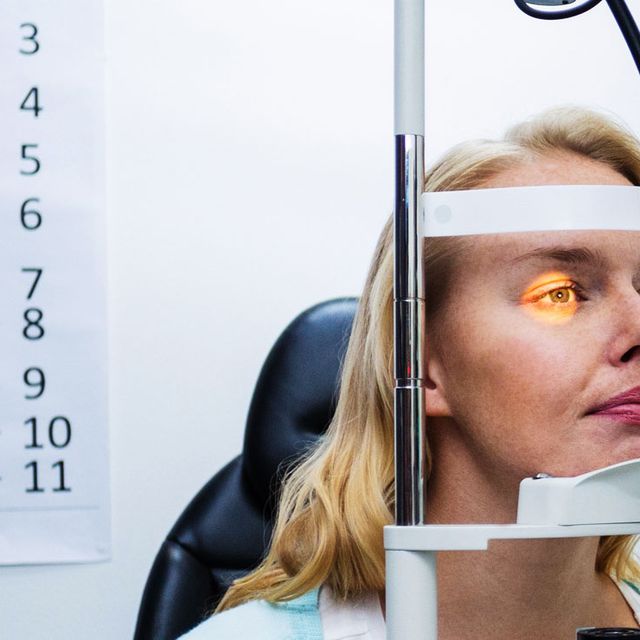
Blog

Glaucoma is a condition that results from a buildup of intraocular pressure that damages your optic nerve. The damage leads to gradual vision loss as it progresses. The condition tends to run in families. So if you have a family history of glaucoma, you should ensure to go for regular eye checkups. It ensures that you catch it early if the signs show up.
Glaucoma has no outright symptoms and does not cause pain. You may realize there is a problem when it is too late. But early diagnosis leads to early treatment that may save you from vision loss.
Diagnosis
Diagnosis usually happens during comprehensive eye exams. If you routinely schedule these exams, you can catch the condition early as there are no noticeable symptoms. You can have these eye exams once every two years. However, it depends on your risk of getting it.
During diagnosis, there are various tests you will undergo. These include:
Tonometry Test
It is a simple and quick eye exam that checks your intraocular pressure. The eye doctor applies an anesthetic and dye to the front of your eye. Afterward, they shine a light into your eye and hold the pencil-like device against the outside of your eyeball. They will check how well your cornea pushes back.
Another way of performing the test is by using a small puff of air. The doctor uses an instrument to blow this at your eye as you look at the light. How well your cornea pushes back will tell your doctor if your intraocular pressure is okay.
Gonioscopy
It is a painless exam that measures the angle between the iris and the cornea. It checks whether the eye’s drainage angle is open or has a blockage. You will need to rest your head on a slit-lamp microscope while the doctor applies numbing drops to your eyes.
Afterward, they will place diagnostic contact lenses with mirrors on your eyes. These help the doctor see the drainage area as they shine a light on your eyes. The test is also essential for determining which type of glaucoma you may have.
Perimetry Test
Perimetry checks your visual field, ensuring you have no missing areas. It is easy and painless. It involves the use of a sequence of light spots. The doctor will provide you with a button that you should press to indicate which ones you can see.
Some will appear in your peripheral vision, the first place that experiences glaucoma. If you cannot see the spots in the periphery, there is quite a progression in the condition.
Optic Nerve Assessment
Since the condition affects the optic nerve, it is prudent to assess it and determine whether it is healthy. The doctor will use eye drops to enlarge your pupils. Afterward, they will use a slit-lamp microscope and an optical coherence tomography to determine the health of the optic nerve.
Make sure to get someone to drive you home after the tests since the dilation of your pupils can affect your ability to drive.
For more information on glaucoma and its diagnosis, visit Super Optical Express at our Gainesville, Florida office. Call (352) 702-9700 to book an appointment today.



